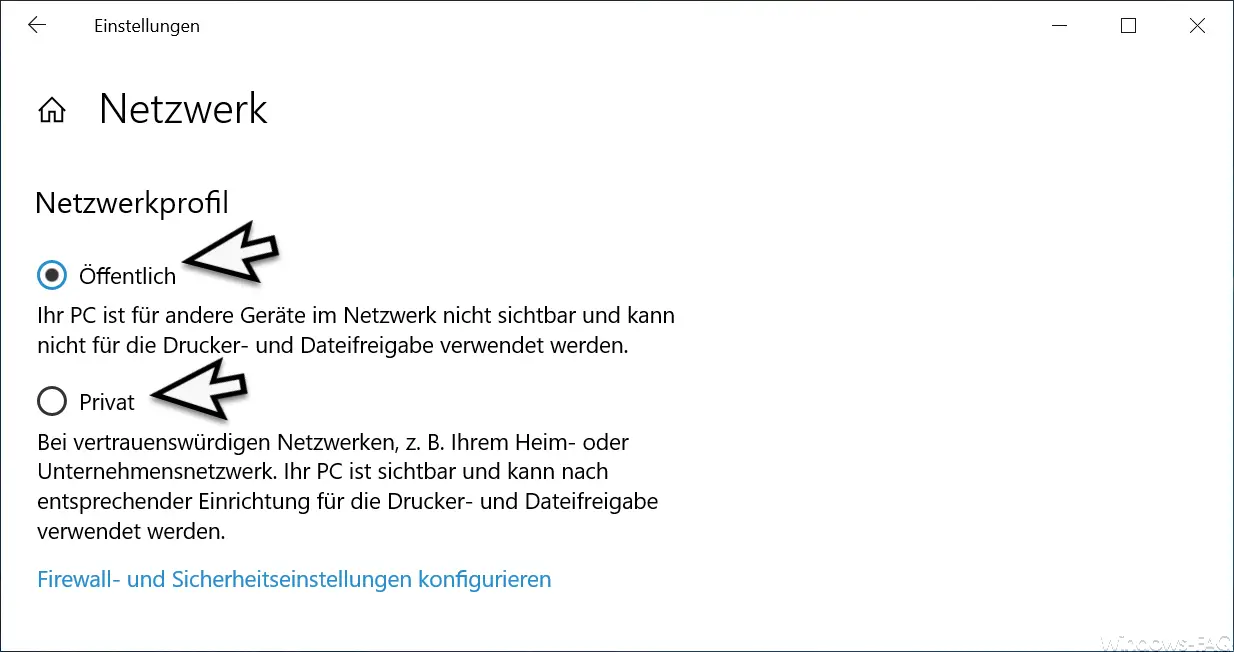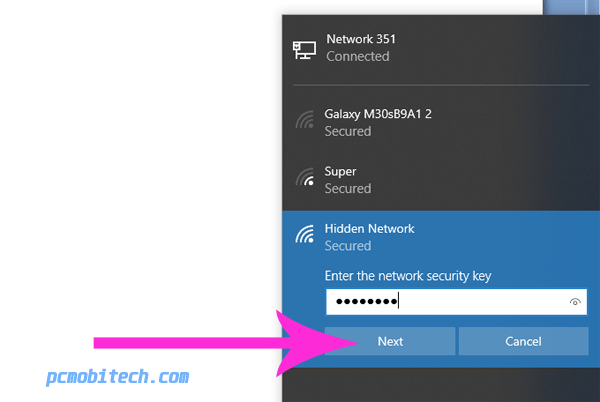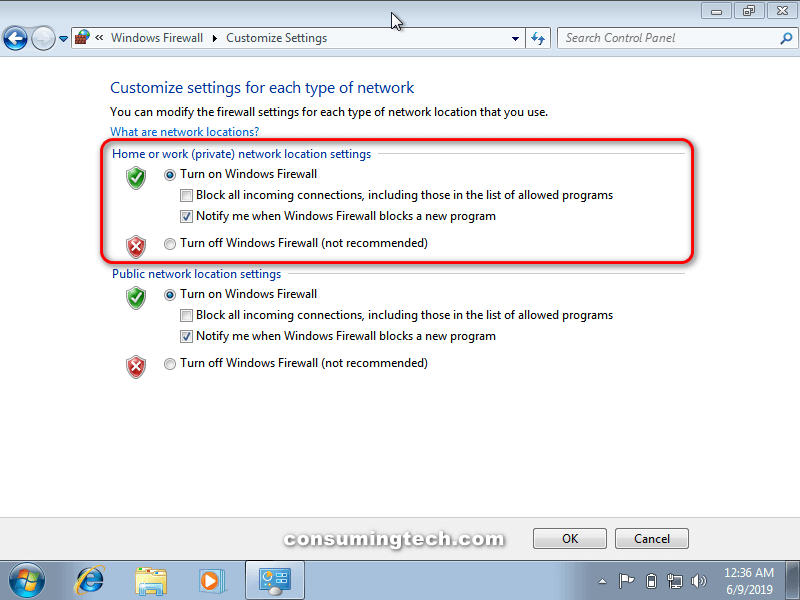Table of Content
Designating the network as public or untrusted ensures other devices on the network cannot access your PC. When using a public Wi-Fi hotspot, we recommend keeping your connection public. You must be logged in as an administrator to change your network from public to private or vice-versa.

You must set the network to private to share files or connect with other network devices such as printers. While this method does not allow you to change the selected profile, you will be able to customize sharing and network browsing options. See if the newly added NOTE box for your UAC settings under step 3 in Option Two may be why you do not have the Find devices and content option. Ugh Microsoft dumbed downed the wireless settings again.
Change network location in Windows 10
Go ahead and right-click on that and choose Turn sharing on or off. This is why I don’t like to have the root user disabled in the OS that I’m running, as I hate things I can’t modify. Do this only at your own risk, as it's really only for folks who are comfortable editing their registry using regedit.exe, have full Administrator access, and are willing to reboot after making the change. From what I can tell you just go to network section through the charms bar then click on the network you need to change "first picture".

As you can see above, my network is considered a Private network, which is correct since I’m at home and connected via Ethernet. If this is incorrect, there are a couple of things you can do. First, you can click on Change advanced sharing settings in the left-hand pane.
Enable the Hyper-V feature
If this setting is disabled (Off/gray), Windows 8.1 uses a public network. To verify that the network location type used by Windows 8.1 is correct, right-click "Open Network and Sharing Center". The options available on Windows 8.1 have changed names from those shown when installing Windows 8, but the technique is the same. Could say I’m just pissed that I can’t get it to work with anything that I can find, or at least as reliable as the systems of the past.

If you decide to use a private network, this will allow you in particular to facilitate file sharing between the different computers on your network. Welcome to Online Tech Tips – A blog that provide readers with daily computer tutorials, technology news, software reviews, and personal computing tips. We have thousands of articles and guides to help you get the most out of technology.
Download Smashing Magazine Desktop Wallpaper July 2021 Windows 10 Theme
In Windows 8.1, to change the network profile, we have to go into the PC Settings screen. To do that, open the Charms bar and click on Change PC Settings at the bottom. I’m not on a public network, and I don’t know how to change the default to my choice. My choice would not be public as it is set in windows.

There is an alternative way to customize the network type in Windows 8 and Windows 8.1. TinkerTry.com, LLC is an independent site, has no sponsored posts, and all ads are run through 3rd party BuySellAds. All editorial content is controlled by the author, not the advertisers or affiliates. All equipment and software is purchased for long-term productive use, with any rare exceptions clearly noted.
On home router, No option for “find devices or content”. And my network is marked as “unidentified network”, so I don’t know which network to edit . So frustrating when all I want to do is share a file. There are two ways to change the network type in Windows 8.1 and Windows 8. Then just turn off or on the sharing option switch at the top of the page which should change from Public to Private network "second picture". This seems to be a completely different procedure compared to Windows 8.
Answer "Yes" to use a private network and benefit from Windows file sharing, ... Double-click on it and click on the Network Location tab. Here you can manually change the network location from Private to Public and vice versa. I do find it interesting to say the least the things I don’t like about Ubuntu are nearly identical to the same issues with windows when it comes to connectivity, and getting things to work properly. The only advantage I see with windows is that it is much easier to get printers, scanners, and a number of other devices to work with it. Just as in Mac OS, as it is not too different than unix at the core, just the interface is different.
If you are connected to a WiFi network, it will be the name of your WiFi network. For WiFi networks, you’ll also have the option to connect automatically when in range of the WiFi network. If you don't see the icon, select the up-arrow to expand the options. Needs to review the security of your connection before proceeding. Go to the GUID subkey which matches your current network connection. Emphasis is on home test labs, not production environments.

Pick the right location when connecting to a network to ensure that your computer is always set to an appropriate security level. I am trying to change my wireless network profile from public to private, but cannot for the life of me figure out how... I can’t get a VPN setup, and I waste most of my time with a limited connection that I NEVER seen until windows 8. All because what I can figure is so someone can have backdoor into he OS, or they don’t want people to be able to access any of the settings in the system even in the registry. Ever found yourself with a Windows system that just won't let you browse the local network? If you're on a public connection, like at an airport or hotel WiFi, you'd expect this behavior, a good thing.
Right-click the network icon in the system tray and select Open Network and Sharing Center. To do this, open the Network and Sharing Center by right-clicking on the "Network" icon present in the taskbar. Then, if you want to close the "PC Settings" application present in the background, move your mouse to the upper left corner to display a small square. However, the procedure is the same whether it's a wired or wireless (Wi-Fi) network. Click the name of the network you are connected to. As during the installation of Windows 8, you also have the possibility to choose between "Private network" and "Public network" during the installation of Windows 8.1.

Perhaps there is a patch so I can change a network to public so it will show as private when it is configured as private in the registery tab. I have recently helped out with a relative's Windows 8.1 laptop in a new home, where he had chosen "Public" for his WiFi connection to his new router. To get him out of this pickle, the above instruction's "Find devices and content" option simply wasn't there, as other commenters below the YouTube video have sometimes noticed. And his account was not an administrative user. So, file sharing and network discovery will be enabled by default. As you can see, Windows 8.1 uses a private network (if you clicked "Yes" when setting up Windows 8.1) or a public network otherwise.
Choose network location type from HomeGroup settings
With Windows 8, Microsoft changed the way you define a network type. Earlier, in Windows 7 and Vista, the operating system allowed the user to set the connected network as public or private quickly with one click. However, in Windows 8 and above, the way you are supposed to set your network connection to Public or Private is completely different and very confusing. I would like to share how you can change the network location type in Windows 8.1 and Windows 8. If you're using Windows 8.1, open the Charms Bar and select Change PC Settings.
Click Network to see your active connections, then enable Find Devices and Content. Doing this changes the network from public to private because the option isn't available for public networks. That said, you won't be able to connect to network printers or share files with other computers unless you set the wireless network to private. You should only change the network setting for connections you trust, such as home or workplace networks. Now choose Yes if you want your network to be treated like a private network and No if you want it to be treated like a public network. Note that the label Private or Public may remain the same in Network and Sharing Center, but once you choose the sharing settings manually, the network will have the appropriate settings applied.

No comments:
Post a Comment